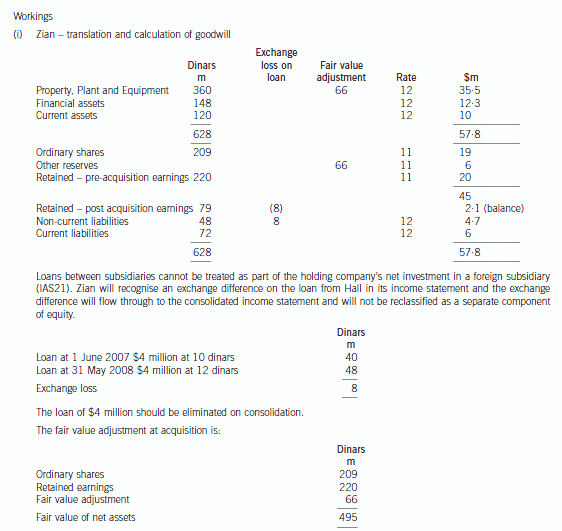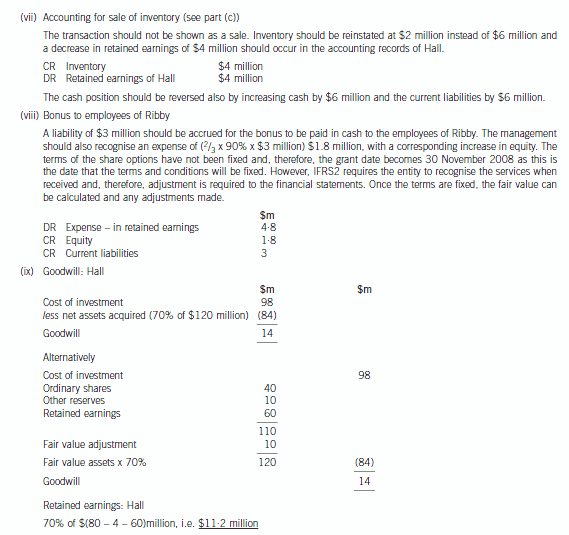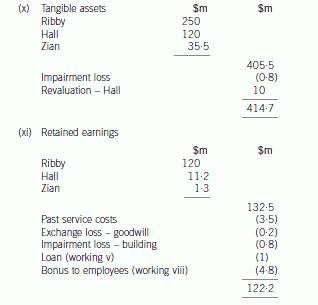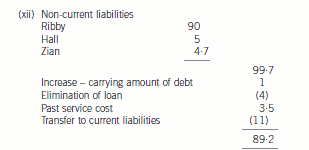ACCA2019-2020MA(F2)考试大纲,速看!
发布时间:2019-07-19
2019-2020年的考试大纲已经上线了,小编特地整理了MA(F2)科目的考纲变动细节情况给大家,具体内容如下。
一、科目关联(Relation Diagram)
Management Accounting(MA)《管理会计》课程中的相关知识首先与Performance Management(PM)《业绩管理》和Advanced
Performance Management(APM)《高级业绩管理》这两门科目中的知识有所关联。此外,还会涉及到一定的Strategic Business Leader(SBL)《战略商业报告》。
而在MA课程中学到的知识,将会运用到学员后续高阶课程的PM以APM科目的学习中。MA课程中的Part B最后一章节Alternative costing methods会出现在PM的Part A,Part E有关Performance management的部分会出现在PM以及APM课程里。
MA课程中为之后的PM课程以及高阶必修的SBR课程打下基础。而MA课程直接承接的是PM,二者紧密关联,MA培养学员基础的管理会计技巧和认知,PM以及APM则培养学员更高级、真实的业绩管理能力。所以对于后期选修对APM有兴趣的学员来说,MA更是极为重要的一门科目!
二、新课程框架和新考纲(New Framework and Syllabus)
整体变化是增加了一个版块,这个版块整合了关于Date analysis and
statistical techniques的内容,同时又新增了一些这个内容的其他知识点。
第一个变化
新增版块Data analysis and statistical techniques成为了Part B部分。但是其他版块内容不变,以此往后顺延。由原来的Part A-Part E
5个Part的内容;变成了现在Part A-Part F 6个Part的内容。
第二个变化
将原来考纲Part C Budgeting中的Statistical
techniques这个知识点放在了新考纲Part B Data analysis and
statistical techniques的Forecasting techniques中。
第三个变化
新增了一部分的知识点。一个是Big data and analysis,放在了Part A The nature,source and purpose ofmanagement information的Sources of data中;一个是Summarising
and analysing data,放在了Part B Date analysis and
statistical technique。
对于此次考纲的调整,可以看出对Date analysis and statistical
techniques进行了一个整合。内容基本不变,我们主要看的就是新增的知识点。
三、新增知识点1:Big data and analysis
考纲要求的是Describe the main uses of big data
andanalytics for organisations。那也就是需要大家知道和分析大数据在企业中的用途。考试依然最多是以选择题形式进行考察。
四、新增知识点2:Summarising and analysing data
考纲要求:
a)Calculate the mean,mode and median
forungrouped data and the mean for groupeddata.
b)Calculate measures of dispersion
including thevariance,standard deviation and coefficient ofvariation both
grouped and ungrouped data.
c)Calculate expected values for use in
decisionmaking.
d)Explain the properties of a
normaldistribution.
e)Interpret normal distribution graphs and
tables
那么要求大家掌握的就是对均值、中位数、离散度、标准差、变异系数、均值及期望值等的计算。对正太分布图,要了解它的性质并能够解读其中的含义。考试通常会以计算分析等形式进行考察。
关于考试:
五、MA课程考试形式和分值分布:
Section A是35道2分的填空选择,一共70分;Section
B是3道大题,每题10分,各来自Part C、D、E,也是填空选择的形式。
综合以上就是关于MA的考纲变化详情,希望能对各位小伙伴有用。
下面小编为大家准备了 ACCA考试 的相关考题,供大家学习参考。
(b) Explain in the context of Flavours Fine Foods, what is meant by:
(i) responsibility; (4 marks)
(b) (i) RESPONSIBILITY is the liability of a person to be called to account for their actions and results, and is therefore an obligation to take some action to discharge that responsibility. Unlike authority, responsibility cannot be delegated. There is however some discussion on the extent to which this statement is true: the idea that responsibility cannot be delegated is too simplistic. Any task contains an element of responsibility. It is the idea of accountability and the direction of responsibility that is the relevant concept and is the problem at Flavours Fine Foods; ultimate responsibility resides with the owners. It is self evident that it is impossible to exercise authority without responsibility because this could lead to problems of control and therefore undesirable outcomes for the organisation. However, the superior (the owner) is always ultimately responsible for the actions of his or her subordinates. The key element here is the recognition of discretion by virtue of the person’s position. This underlines the doctrine of absolute responsibility; the superior is always ultimately accountable.
(b) Prepare a consolidated statement of financial position of the Ribby Group at 31 May 2008 in accordance
with International Financial Reporting Standards. (35 marks)








(c) Discuss TWO limitations of the Boston Consulting Group matrix as a strategic planning tool. (4 marks)
(c) There are numerous criticisms that have been made regarding the BCG growth share matrix. Two such criticisms are as
follows:
– It is a model and the weakness of any model is inherent in its assumptions. For example many strategists are of the
opinion that the axes of the model are much too simplistic. The model implies that competitive strength is indicated by
relative market share. However other factors such as strength of brands, perceived product/service quality and costs
structures also contribute to competitive strength.
Likewise the model implies that the attractiveness of the marketplace is indicated by the growth rate of the market. This
is not necessarily the case as organisations that lack the necessary capital resources may find low-growth markets an
attractive proposition especially as they tend to have a lower risk profile than high-growth markets.
– There are problems with defining the market. The model requires management to define the marketplace within which
a business is trading in order that its rate of growth and relative market share can be calculated. This can prove
problematic in comparing competitors since if they supply different products and services then the absence of a
consistent basis for comparison impairs the usefulness of the model.
Other valid criticisms include the following:
The application of the BCG matrix may prove costly and time-consuming since it necessitates the collection of a large
amount of data. The use of the model may also lead to unfortunate consequences, such as:
– Moving into areas where there is little experience
– Over-milking of cash cows
– Abandonment of potentially healthy businesses labelled as problem children
– Neglect of interrelationships among businesses, and
– Too many problem children within the business portfolio largely as a consequence of incorrect focus of
management attention.
15 A trader who fixes her prices by adding 50% to cost actually achieved a mark-up of 45%.
Which of the following factors could account for the shortfall?
1 Sales were lower than expected.
2 The opening inventories had been overstated.
3 The closing inventories of the business were higher than the opening inventories.
4 Goods taken from inventories by the proprietor were recorded by debiting drawings and crediting purchases with
the cost of the goods.
A All four factors
B 1, 2 and 4 only
C 2 only
D 3 and 4 only
声明:本文内容由互联网用户自发贡献自行上传,本网站不拥有所有权,未作人工编辑处理,也不承担相关法律责任。如果您发现有涉嫌版权的内容,欢迎发送邮件至:contact@51tk.com 进行举报,并提供相关证据,工作人员会在5个工作日内联系你,一经查实,本站将立刻删除涉嫌侵权内容。
- 2020-05-20
- 2020-03-14
- 2019-07-19
- 2020-05-03
- 2020-03-13
- 2020-08-07
- 2020-08-15
- 2020-03-13
- 2020-03-05
- 2020-08-08
- 2020-03-13
- 2019-07-19
- 2020-03-01
- 2020-08-15
- 2019-07-19
- 2020-01-03
- 2020-03-05
- 2019-12-29
- 2019-07-19
- 2020-03-14
- 2020-08-07
- 2020-03-13
- 2019-07-19
- 2020-01-02
- 2019-07-19
- 2020-03-01
- 2020-03-13
- 2020-08-08
- 2020-03-14
- 2021-05-02